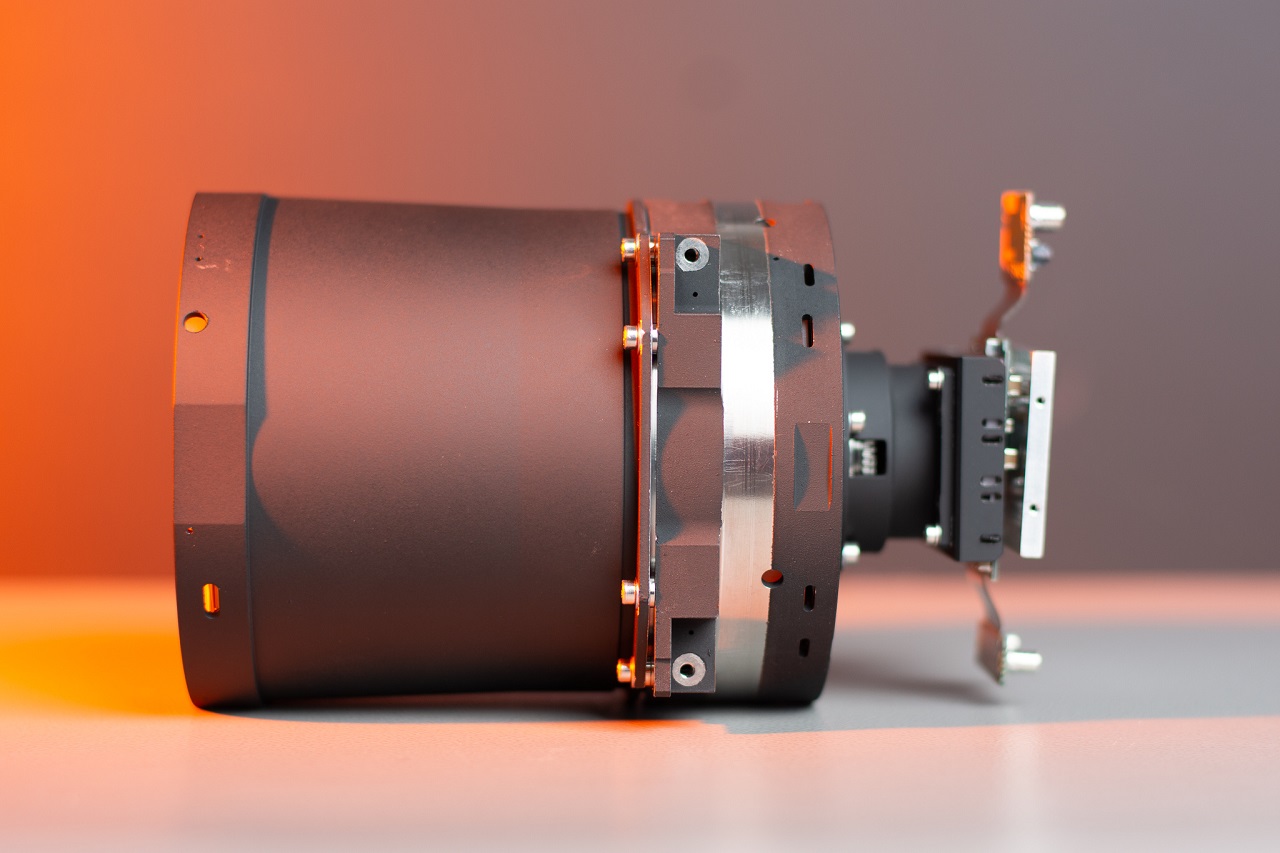
The success of a tip and cue process with CubeSat cameras is a function of the data analysis’s latency and accuracy.
For example, when looking at identifying illegal deforestation, the daily monitoring of a forest at 5m GSD in four to five spectral bands would be more than adequate to detect changes. The operator uses a medium resolution tipping satellite to detect areas of interest across a wide area. Then, an automated tasking system can cue a satellite to capture particular areas.
Cueing a stationary object or area is relatively more manageable than a moving target, like ships. For a moving target, the velocity needs to be accounted for when shared with a cueing satellite. In this case, several tipping satellites may be used to estimate the trajectory of the object.
The fact is, a manual tip and cue process requires many humans in the loop and can be time-consuming, resulting in delays.
To solve the processing challenges, intelligent automation solutions are required. These solutions require a flexible and powerful infrastructrure that can accommodate intelligent artificial processing, sensor management, and data storage. Furthermore, the system needs extremely low latency, enabling an alarming chain and change detection while reducing the need to download raw data.












 Copyright 2023 All rights reserved.
Copyright 2023 All rights reserved.